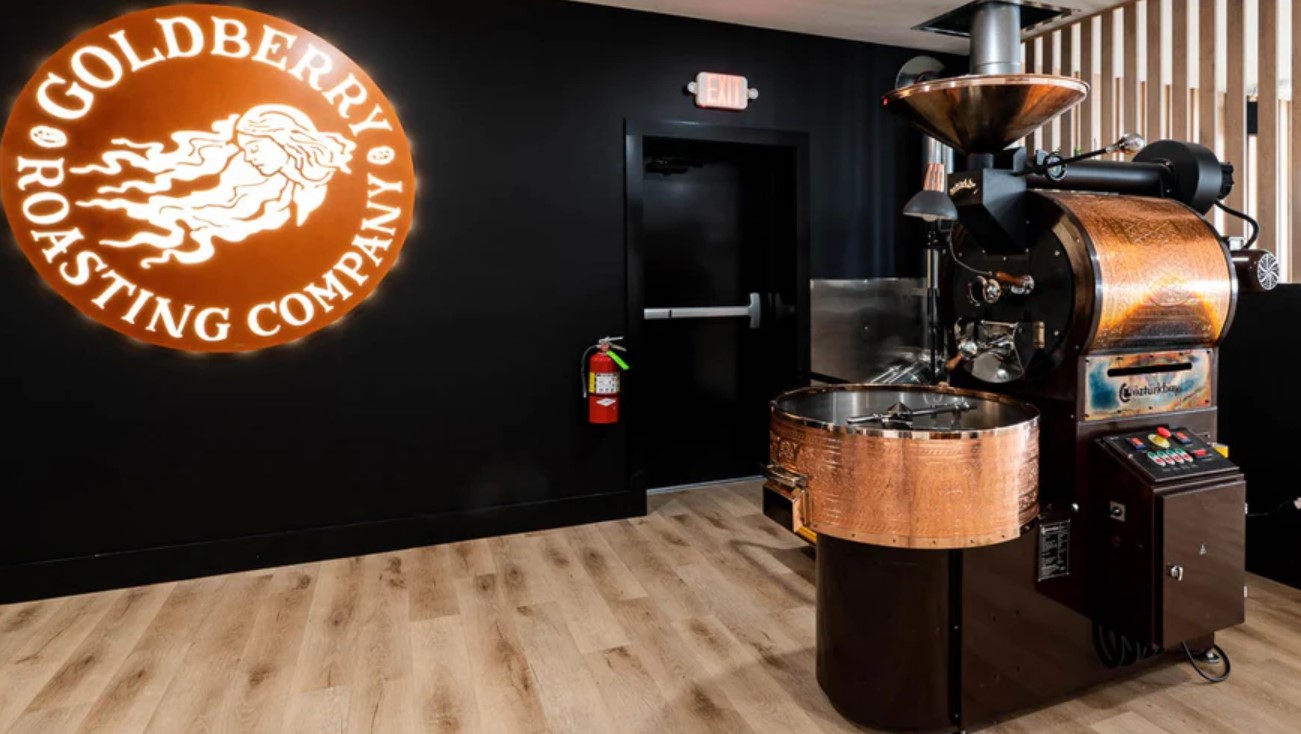Coffee lovers know that every cup of coffee carries a story — from the origin of the beans to the brewing method used. One element that significantly influences the flavor of coffee but often goes unnoticed is the coffee roast date. Understanding What Is a Coffee Roast Date? can transform the way you shop for, store, and enjoy coffee. This article dives deep into the importance of the roast date and its direct impact on taste.
Understanding What Is a Coffee Roast Date?
At its core, What Is a Coffee Roast Date? refers to the specific day on which green coffee beans are roasted. Roasting coffee is a chemical process that transforms raw beans into the aromatic, flavorful beans we grind and brew. The roast date provides a timestamp indicating when this process was completed. Unlike expiration dates, which indicate the last safe date to consume a product, the roast date tells you how fresh the coffee is. Freshly roasted coffee offers vibrant flavors, while coffee far removed from its roast date may taste flat, stale, or even rancid.
Roasters often print this date on packaging to help consumers make informed decisions. While coffee can still be drinkable weeks after roasting, peak flavor is typically achieved within a specific window, generally 7 to 21 days post-roast. This is when the coffee’s aromatic compounds are fully developed but before they begin to degrade.
Why the Roast Date Matters for Flavor
The flavor of coffee is incredibly sensitive to time. Once beans are roasted, they start releasing carbon dioxide, a process called degassing, and volatile aromatic compounds begin to dissipate. These compounds are responsible for the distinct aroma and flavor profile of each coffee variety. By understanding What Is a Coffee Roast Date?, you gain insight into when the coffee is likely at its flavor peak.
For instance, if you purchase a dark roast coffee with a roast date from several months ago, the richness, acidity, and aroma may be muted. Conversely, a light roast coffee consumed shortly after its roast date will exhibit brighter notes, more nuanced acidity, and a fuller, complex taste. Essentially, the roast date helps you gauge freshness and flavor potential.
How Coffee Changes After Roasting
Coffee is a living product, and its flavor evolves after roasting. Immediately after roasting, coffee beans are extremely fresh but may release gases too quickly, making brewing unpredictable. This is why many baristas recommend letting coffee rest for a few days post-roast. Over time, the beans continue to degas and develop their optimal flavor, which is often described as the “sweet spot.”
-
0–3 days post-roast: Beans are too fresh; brewing may result in uneven extraction.
-
4–14 days post-roast: Flavor begins to stabilize; aroma and body are more balanced.
-
15–30 days post-roast: Coffee is typically at its peak flavor.
-
Beyond 30 days: Coffee begins to lose aromatic compounds; flavors flatten.
Knowing What Is a Coffee Roast Date? allows you to time your consumption to enjoy coffee at its peak.
Different Roast Types and Their Relation to Roast Date
The impact of the roast date can vary depending on the roast level. Light roasts are more sensitive to aging because their delicate floral and fruity notes fade quickly. Dark roasts, with their bold, smoky flavors, may maintain acceptable taste longer but still lose nuance over time.
-
Light Roast: Best consumed within 10–14 days post-roast to enjoy bright and complex flavors.
-
Medium Roast: Can last 2–3 weeks post-roast with a balanced profile.
-
Dark Roast: Maintains flavor for 3–4 weeks but may lose aromatic subtleties over time.
Understanding What Is a Coffee Roast Date? helps you select beans suitable for your preferred flavor experience and brewing timeline.
How to Choose Coffee Based on Roast Date
When shopping for coffee, always check for the roast date. Here’s a simple guide:
-
Check the Label: Look for clear roast date information; avoid beans that only provide a “best by” date.
-
Consider Your Brewing Method: Espresso and pour-over methods highlight different aspects of flavor. Freshness is more critical for methods that emphasize clarity.
-
Plan Your Consumption: Buy quantities that you can consume within 2–3 weeks of the roast date to ensure freshness.
-
Ask the Roaster: If buying from a local coffee shop, ask about their roasting schedule and the date of your chosen beans.
By keeping What Is a Coffee Roast Date? in mind, you maximize flavor and avoid disappointment from stale coffee.
Storing Coffee to Preserve Freshness
Even after purchasing freshly roasted coffee, improper storage can diminish flavor rapidly. Here are storage tips to maintain optimal taste:
-
Keep Beans Whole: Grinding accelerates flavor loss; grind just before brewing.
-
Use Airtight Containers: Oxygen speeds up staling; store coffee in airtight containers.
-
Avoid Light and Heat: Sunlight and heat accelerate degradation; keep coffee in a cool, dark place.
-
Refrigeration vs. Freezing: Freezing can extend shelf life, but only if beans are properly sealed to prevent moisture absorption. Avoid frequent temperature changes, which can compromise flavor.
By combining knowledge of What Is a Coffee Roast Date? with proper storage, you ensure your coffee remains flavorful for longer.
The Role of Specialty Coffee and Roast Date Transparency
Specialty coffee roasters place a strong emphasis on transparency. Providing roast dates is part of delivering a high-quality product. Coffee enthusiasts who understand What Is a Coffee Roast Date? can appreciate the nuances of each batch, from aroma to body. Transparent roasting practices also foster trust, allowing consumers to make informed choices about when and how to enjoy their coffee.
Practical Tips for Enjoying Coffee at Peak Freshness
-
Buy Smaller Quantities: Fresh coffee tastes best in small batches.
-
Keep Track of the Roast Date: Rotate your coffee stock so older beans are used first.
-
Experiment with Rest Periods: Some coffees benefit from a short resting period post-roast; others shine immediately.
-
Pay Attention to Taste Changes: Over time, you’ll learn how flavor evolves and can adjust consumption accordingly.
Knowing What Is a Coffee Roast Date? enables a more mindful approach to coffee consumption, enhancing every cup.
Final Thoughts on Roast Date and Coffee Enjoyment
Coffee is more than just a beverage; it’s a sensory experience shaped by factors like origin, roast level, and brewing method. Among these, the roast date plays a crucial role. By understanding What Is a Coffee Roast Date?, consumers can make better purchasing decisions, store beans effectively, and enjoy the full flavor potential of each cup. Freshness matters, and being aware of the roast date is the first step toward mastering the art of coffee enjoyment.
Whether you’re a casual coffee drinker or a connoisseur, paying attention to roast dates will elevate your coffee ritual, ensuring that each cup delivers the aroma, body, and complexity that the roaster intended. Ultimately, knowing What Is a Coffee Roast Date? transforms your coffee experience from ordinary to extraordinary.










